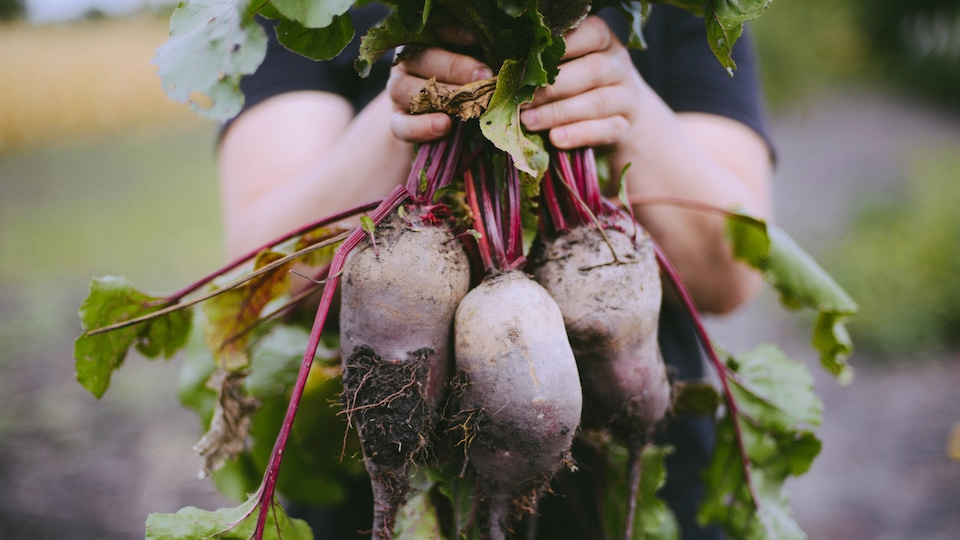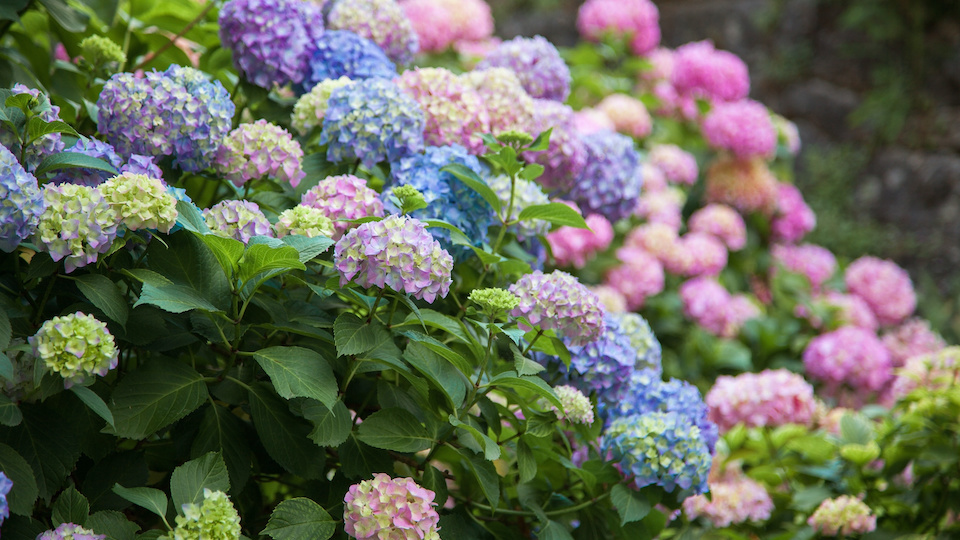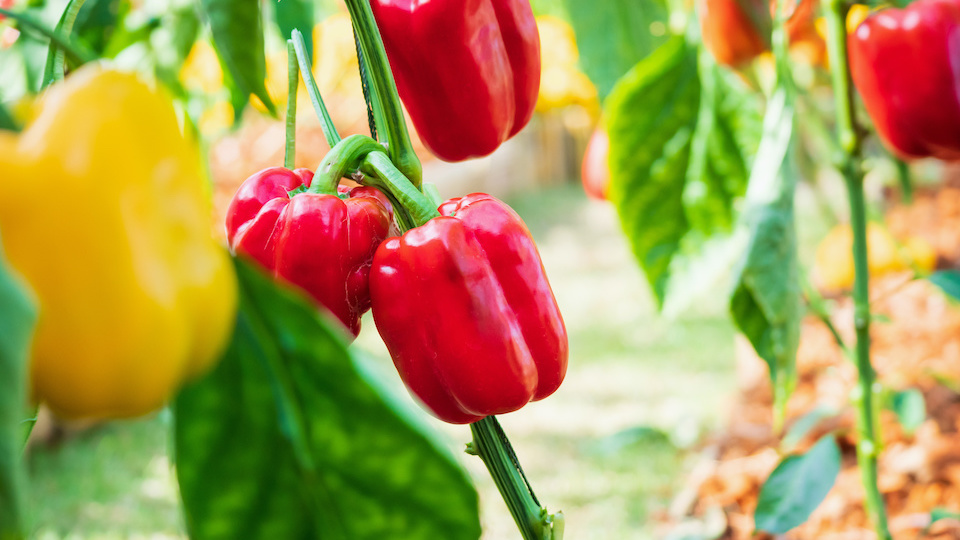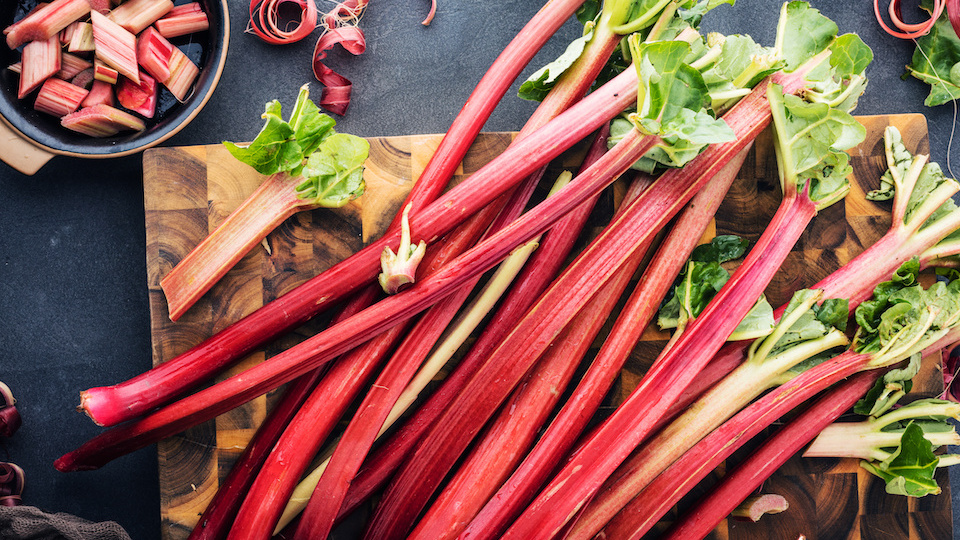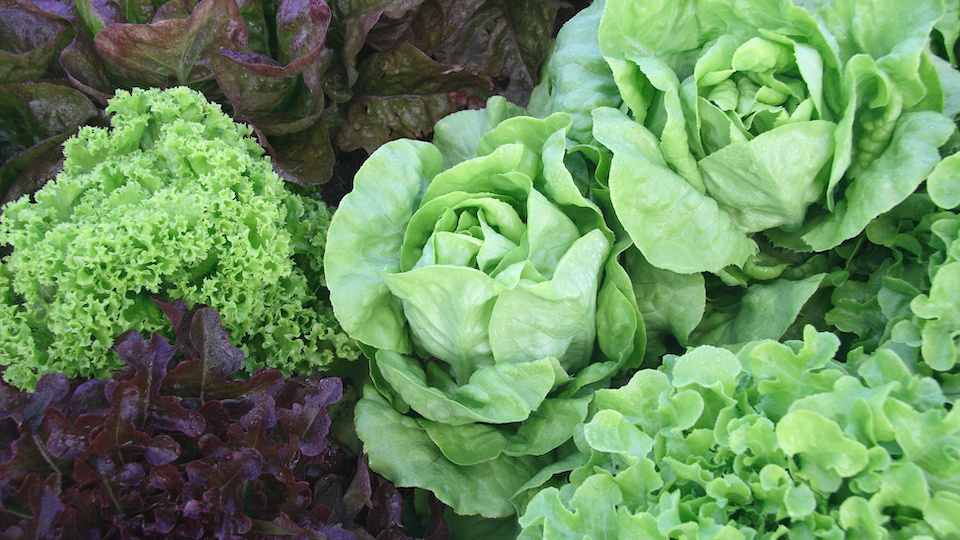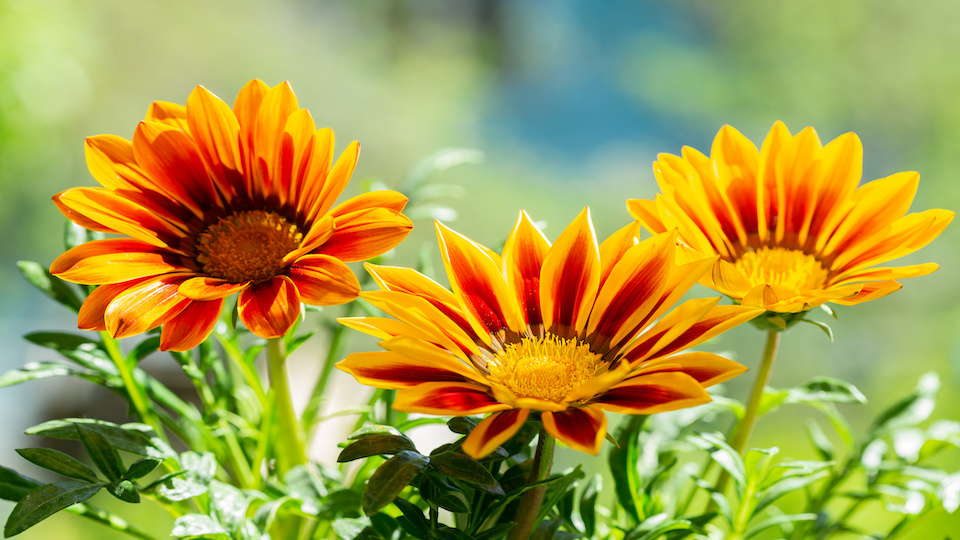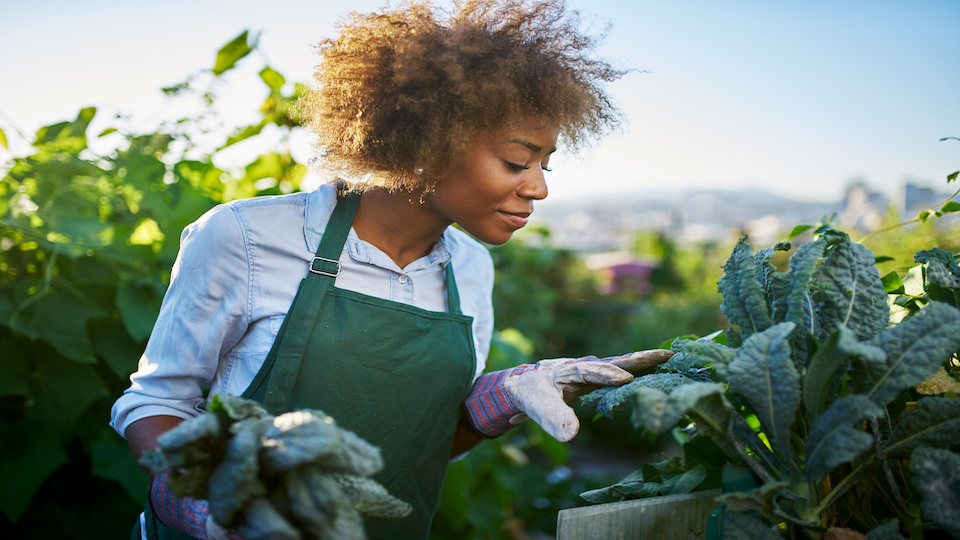It is easy to look at gardeners in other gardening zones and wish that you had the ease of a tropical climate or the long growing season of southern gardens. However, there are ways that you can extend the growing season and increase your vegtable harvest with the following tips and tricks.
Control the microclimate of your garden
You might have noticed that some areas of your garden sustain plants much longer than others. For example, a windswept area is more susceptible to the ravages of nature than a sheltered spot.
Apart from the lay of the land, man-made structures such as houses, brick walls, sheds, and barns also affect the microclimate of various areas of your backyard. Plan the garden on a downward slope from the house and orient it southward for maximum warmth and light.
Plant a living fence
The most organic way to create a barrier to frosty winds is to surround your garden with living fences. They gently regulate the movement of air, water, and soil within your piece of land, by filtering, blocking or diverting these elements. They also filter away weed seeds, and insect pests carried on the winds.
Conifer hedging (such as Leylandii cypress) is ideal in cooler regions, as it grows quickly and remains green through winter when the barrier is most needed. It is also wind and drought tolerant.
If you already have a wooden, PVC, or chain link fence around your property, upgrade them with climbers such as passion fruit, cucumbers, melons, grapevine, potato bean vine (Hopniss), scarlet beans, hops, blackberries, raspberries, gooseberries, etc. This will fortify the barrier and encourage a protected microclimate.
Several rows of corn planted along the periphery of the garden can also provide a hardworking living fence.
Warm up the soil plastic sheet mulch
We know that black material is excellent for absorbing and radiating heat. You can use black plastic sheet mulch in your garden to absorb the sun’s heat and help the soil underneath thaw faster. Plus it is an excellent way to prevent excessive weed growth and suppress unwanted greenery. It also radiates heat to the surroundings, creating an overall warmer atmosphere.
Start gardening early
Be ready to jumpstart your spring planting with seedlings and rooted cuttings grown indoors. Check the last frost date in your region and sow seeds in trays six to eight weeks early. Even though your local nurseries may carry flats of seedlings, which may even work out to be cheaper, it’s always better to have the first batch ready to go into the garden as soon as possible.
Some crops like onions, garlic, broccoli, cabbage, and broad beans have overwintering varieties that can be directly sown in the garden late in the fall. The young sprouts remaining dormant under the layer of mulch will be naturally hardened to withstand any unexpected cold snaps later in the season.
Grow veggies in planter boxes or raised beds
Even half a foot above the ground makes a big difference to the vegetable patch when the ground is frozen. It also makes it easier when you want to enclose the patch in a hoop house later in the season.
Toughen up the plants
Tough plants manage to survive cold and drought better. Once the seedlings are well established, reduce the frequency of watering to toughen them up. Too much water stress is counterproductive, of course, but slight desiccation of tissues actually makes them stronger.
Choose early maturing and cold hardy varieties
There are radishes that get ready for harvest in less than 25 days and cauliflowers that take only 45 days. Ideally, you should plant a mix of early and late varieties, but the early maturing ones can be planted over and over again to increase your total yield. Also, consider the cold hardiness of the varieties, especially for the last batch of planting.
Build a pond in the garden
The sun heats up the water during the day which acts as a reservoir of heat. When the air temperature goes down, it releases the heat slowly and steadily, warming up the surrounding air.
Harvest to the end of the season and beyond
Towards the end of growing season, plants start declining. Protecting them against cold with cloches or cold frames will allow the last harvest to mature on the plant. If the plant is too big, make a tepee around it with clear plastic. Keeping a tub of water inside the tepee also might help maintain moisture and encourage heat.
-Susan Patterson


